Damage Identification of Turnout Rail through a Covariance-Based Condition Index and Quantitative Pattern Analysis
Abstract
:1. Introduction
2. Methodology
2.1. Formulation of Condition Index
2.2. Construction of Reference Models for Damage Detection
3. Case Study
4. Discussions
5. Conclusions
Author Contributions
Funding
Data Availability Statement
Conflicts of Interest
References
- Ishak, M.F.; Dindar, S.; Kaewunruen, S. Safety–based maintenance for geometry restoration of railway turnout systems in various operational environments. In Proceedings of the 21st National Convention on Civil Engineering, Songkhla, Thailand, 28–30 June 2016. [Google Scholar]
- Dindar, S.; Kaewunruen, S.; An, M. Identification of appropriate risk analysis techniques for railway turnout systems. J. Risk Res. 2016, 21, 974–995. [Google Scholar] [CrossRef]
- Dindar, S.; Kaewunruen, S. Assessment of turnout–related derailments by various causes. In GeoMEast 2017: Recent Developments in Railway Track and Transportation Engineering, Proceedings of the International Congress and Exhibition “Sustainable Civil Infrastructures: Innovative Infrastructure Geotechnology”, Sharm El–Sheikh, Egypt, 11–15 November 2017; Pombo, J., Jing, G., Eds.; Springer: Cham, Switzerland, 2018. [Google Scholar]
- Liu, X.; Saat, R.; Barkan, C.P. Analysis of causes of major train derailment and their effect on accident rates. Transp. Res. Rec. 2012, 2289, 154–163. [Google Scholar] [CrossRef]
- 49 CFR Part 213; Track Safety Standards. U.S. Department of Transportation, Federal Railroad Administration: Washington, DC, USA, 2009.
- Chen, X. Research on the Rail Damage of Railway Turnout. Master’s Thesis, China Academy of Railway Sciences, Beijing, China, 2019. [Google Scholar]
- Wang, P.; Chen, R.; Xu, J.M.; Ma, X.C.; Wang, J. Theories and engineering practices of high–speed railway turnout system: Survey and review. J. Southwest Jiaotong Univ. 2016, 51, 357–372. [Google Scholar]
- Su, Z.; Ye, L. Identification of Damage Using Lamb Waves: From Fundamentals to Applications; Springer: London, UK, 2009. [Google Scholar]
- Sysyn, M.; Gerber, U.; Nabochenko, O.; Kovalchuk, V. Common crossing fault prediction with track based inertial measurements: Statistical vs. mechanical approach. Pollack Period. 2019, 14, 15–26. [Google Scholar] [CrossRef]
- Sysyn, M.P.; Kovalchuk, V.V.; Jiang, D. Performance study of the inertial monitoring method for railway turnouts. Int. J. Rail Transp. 2019, 7, 103–116. [Google Scholar] [CrossRef]
- Sysyn, M.; Gruen, D.; Gerber, U.; Nabochenko, O.; Kovalchuk, V. Turnout monitoring with vehicle based inertial measurements of operational trains: A machine learning approach. Komun. Ved. Listy Žilinskej Univ. Žiline 2019, 1, 42–48. [Google Scholar] [CrossRef]
- Kovalchuk, V.; Sysyn, M.; Gerber, U.; Nabochenko, O.; Zarour, J.; Dehne, S. Experimental investigation of the influence of train velocity and travel direction on the dynamic behavior of stiff common crossings. Facta Univ. Ser. Mech. Eng. 2019, 17, 345–356. [Google Scholar] [CrossRef]
- Sysyn, M.P.; Nabochenko, O.S.; Kluge, F.; Kovalchuk, V.V.; Pentsak, A. Common crossing structural health analysis with track–side monitoring. Commun. Sci. Lett. Univ. Zilina 2019, 21, 77–84. [Google Scholar] [CrossRef]
- Sysyn, M.; Gerber, U.; Nabochenko, O.; Li, Y.; Kovalchuk, V. Indicators for common crossing structural health monitoring with track–side inertial measurements. Acta Polytech. 2019, 59, 170–181. [Google Scholar] [CrossRef]
- Sysyn, M.; Nabochenko, O.; Kovalchuk, V.; Gruen, D.; Pentsak, A. Improvement of inspection system for common crossings by track side monitoring and prognostics. Struct. Monit. Maint. 2019, 6, 219–235. [Google Scholar]
- Sysyn, M.; Gerber, U.; Kluge, F.; Nabochenko, O.; Kovalchuk, V. Turnout remaining useful life prognosis by means of on–board inertial measurements on operational trains. Int. J. Rail Transp. 2020, 8, 347–369. [Google Scholar] [CrossRef]
- Bassim, M.N.; Lawrence, S.S.; Liu, C.D. Detection of the onset of fatigue crack growth in rail steels using acoustic emission. Eng. Fract. Mech. 1994, 47, 207–214. [Google Scholar] [CrossRef]
- Kostryzhev, A.G.; Davis, C.L.; Roberts, C. Detection of crack growth in rail steel using acoustic emission. Ironmak. Steelmak. 2013, 40, 98–102. [Google Scholar] [CrossRef]
- Wang, J.H. Monitoring system for rail fracture and damage of heavy haul railway turnout based on bispectrum. Railw. Eng. 2017, 6, 130–134. [Google Scholar]
- Wang, J.F.; Liu, X.Z.; Ni, Y.Q. A Bayesian probabilistic approach for acoustic emission based rail condition assessment. Comput. Aided Civ. Infrastruct. Eng. 2018, 33, 21–34. [Google Scholar] [CrossRef]
- Zain, M.S.M.; Jamaludin, N.; Sajuri, Z.; Yusof, M.F.M.; Hanafi, Z.H. Acoustic emission study of fatigue crack growth in rail track material. In Proceedings of the National Conference in Mechanical Engineering Research and Postgraduate Studies (2nd NCMER 2010), Pahang, Malaysia, 3–4 December 2010. [Google Scholar]
- Zhang, J.; Ma, Y.L. Comparison of three fatigue crack growth rate models. Res. Explor. Lab. 2012, 31, 35–38. [Google Scholar]
- Shiotani, T.; Li, Z.; Yuyama, S.; Ohtsu, M. Application of the AE improved b–value to quantitative evaluation of fracture process in concrete materials. J. Acoust. Emiss. 2001, 19, 118–133. [Google Scholar]
- Shahidan, S.; Nor, N.M.; Bunnori, N.M. Analysis methods of Acoustic Emission signal for monitoring of reinforced concrete structure: A review. In Proceedings of the 2011 IEEE 7th International Colloquium on Signal Processing and its Applications, Penang, Malaysia, 4–6 March 2011. [Google Scholar]
- Chen, Z.G. Damage Identification and Deterioration Evaluation of RC Based on Acoustic Emission Technology. Ph.D. Thesis, Zhejiang University, Hangzhou, China, 2018. [Google Scholar]
- Gu, A.; Sun, L.; Liang, J.; Han, W. Acoustic emission characteristics based on energy mode of IMFs. In Advances in Acoustic Emission Technology, Proceedings of The World Conference on Acoustic Emission, Xi’an, China, 10–13 October 2017; Shen, G., Zhang, J., Wu, Z., Eds.; Springer: Berlin/Heidelberg, Germany, 2017. [Google Scholar]
- Shiotani, T. Recent advances of AE technology for damage assessment of infrastructures. J. Acoust. Emiss. 2012, 30, 76–99. [Google Scholar]
- Sun, H. Damage Characteristics Analysis of T700 Carbon Fiber Composite Based on Modal Acoustic Emission. Master’s Thesis, Northeast Petroleum University, Daqing, China, 2019. [Google Scholar]
- Zhang, W.; Geng, J.; Xu, Y. Application of modal acoustic emission technique for recognition of corrosion severity on a thin plate. In Advances in Acoustic Emission Technology, Proceedings of The World Conference on Acoustic Emission, Xi’an, China, 10–13 October 2017; Shen, G., Zhang, J., Wu, Z., Eds.; Springer: Berlin/Heidelberg, Germany, 2017. [Google Scholar]
- Zárate, B.A.; Caicedo, J.M.; Yu, J.; Ziehl, P. Model updating and prognosis of acoustic emission data in compact test specimens under cyclic loading. In Proceedings of the Nondestructive Characterization for Composite Materials, Aerospace Engineering, Civil Infrastructure, and Homeland Security, San Diego, CA, USA, 6–10 March 2011; SPIE: Bellingham, WA, USA, 2011; Volume 7983. [Google Scholar]
- Masoud, R.; Mohammad, M. Quantitative methods for structural health management using in situ acoustic emission monitoring. Int. J. Fatigue 2013, 49, 81–89. [Google Scholar]
- Masoud, R.; Mohammad, M. A recursive Bayesian framework for structural health management using online monitoring and periodic inspections. Reliab. Eng. Syst. Saf. 2013, 112, 154–164. [Google Scholar]
- Chai, M.; Zhang, Z.; Duan, Q.; Song, Y. Assessment of fatigue crack growth in 316ln stainless steel based on acoustic emission entropy. Int. J. Fatigue 2018, 109, 145–156. [Google Scholar] [CrossRef]
- Zachary, K.; Walter, H.; James, S. Crack propagation analysis using acoustic emission sensors for structural health monitoring systems. Sci. World J. 2013, 2013, 823603. [Google Scholar]
- Niu, Y.Y.M.; Wong, Y.S.; Hong, G.S. An intelligent sensor system approach for reliable tool flank wear recognition. Int. J. Adv. Manuf. Technol. 1998, 14, 77–84. [Google Scholar] [CrossRef]
- Yao, Y.X.; Li, X.; Yuan, Z.J. Tool wear detection with fuzzy classification and wavelet fuzzy neural network. Int. J. Mach. Tools Manuf. 1999, 39, 1525–1538. [Google Scholar] [CrossRef]
- Luo, Z.C.; Bi, A.R.; Wang, X.W. Corrosion prediction of high sulfur gas–oil mixed transmission pipelines based on PCA–SVM. China Saf. Sci. J. 2016, 26, 85–90. [Google Scholar]
- Lin, L.; Wang, H.; Zhou, Y. Research on the Identification of Crack Status Through the Axle Acoustic Emission Signal Based on Local Mean Decomposition and Grey Correlation Analysis. In Advances in Acoustic Emission Technology, Proceedings of The World Conference on Acoustic Emission, Xi’an, China, 10–13 October 2017; Shen, G., Zhang, J., Wu, Z., Eds.; Springer: Berlin/Heidelberg, Germany, 2017. [Google Scholar]
- Zhang, F.L.; Gu, D.K.; Li, X.; Ye, X.W.; Peng, H. Structural damage detection based on fundamental Bayesian two–stage model considering the modal parameters uncertainty. Struct. Health Monit. 2023, 22, 2305–2324. [Google Scholar] [CrossRef]
- Qiu, S.; Wu, Z.; Li, M.; Yang, H.; Yue, F. Shape monitoring and damage identification in stiffened plates using inverse finite element method and Bayesian learning. J. Vib. Control 2023, 29, 2489–2500. [Google Scholar] [CrossRef]
- Huang, K.; Yuen, K.V. Hierarchical outlier detection approach for online distributed structural identification. Struct. Control Health Monit. 2020, 27, e2623. [Google Scholar] [CrossRef]
- Wan, H.P.; Ren, W.X. Stochastic model updating utilizing Bayesian approach and Gaussian process model. Mech. Syst. Signal Process. 2016, 70–71, 245–268. [Google Scholar] [CrossRef]
- Wang, Q.A.; Dai, Y.; Ma, Z.G.; Wang, J.F.; Lin, J.F.; Ni, Y.Q.; Ren, W.X.; Jiang, J.; Yang, X.; Yan, J.R. Towards high–precision data modelling of SHM measurements using an improved sparse Bayesian learning scheme with strong generalization ability. Struct. Health Monit. 2023, 23, 588–604. [Google Scholar] [CrossRef]
- Lindely, D.V.; Smith, A.F. Bayes estimates for linear models. J. R. Stat. Soc. Ser. B 1972, 34, 1–41. [Google Scholar] [CrossRef]
- Aitkin, M. Posterior Bayes factors. J. R. Stat. Soc. Ser. B 1991, 53, 111–142. [Google Scholar] [CrossRef]
- Kass, R.; Raftery, A. Bayes factors. J. Am. Stat. Assoc. 1995, 90, 773–795. [Google Scholar] [CrossRef]
- Jiang, X.; Mahadevan, S. Bayesian wavelet methodology for structural damage detection. Struct. Control Health Monit. 2008, 15, 974–991. [Google Scholar] [CrossRef]
- Sankararaman, S.; Mahadevan, S. Bayesian methodology for diagnosis uncertainty quantification and health monitoring. Struct. Control Health Monit. 2013, 20, 88–106. [Google Scholar] [CrossRef]
- Wang, P.; Youn, B.D.; Hu, C. A generic probabilistic framework for structural health prognostics and uncertainty management. Mech. Syst. Signal Process. 2012, 28, 622–637. [Google Scholar] [CrossRef]
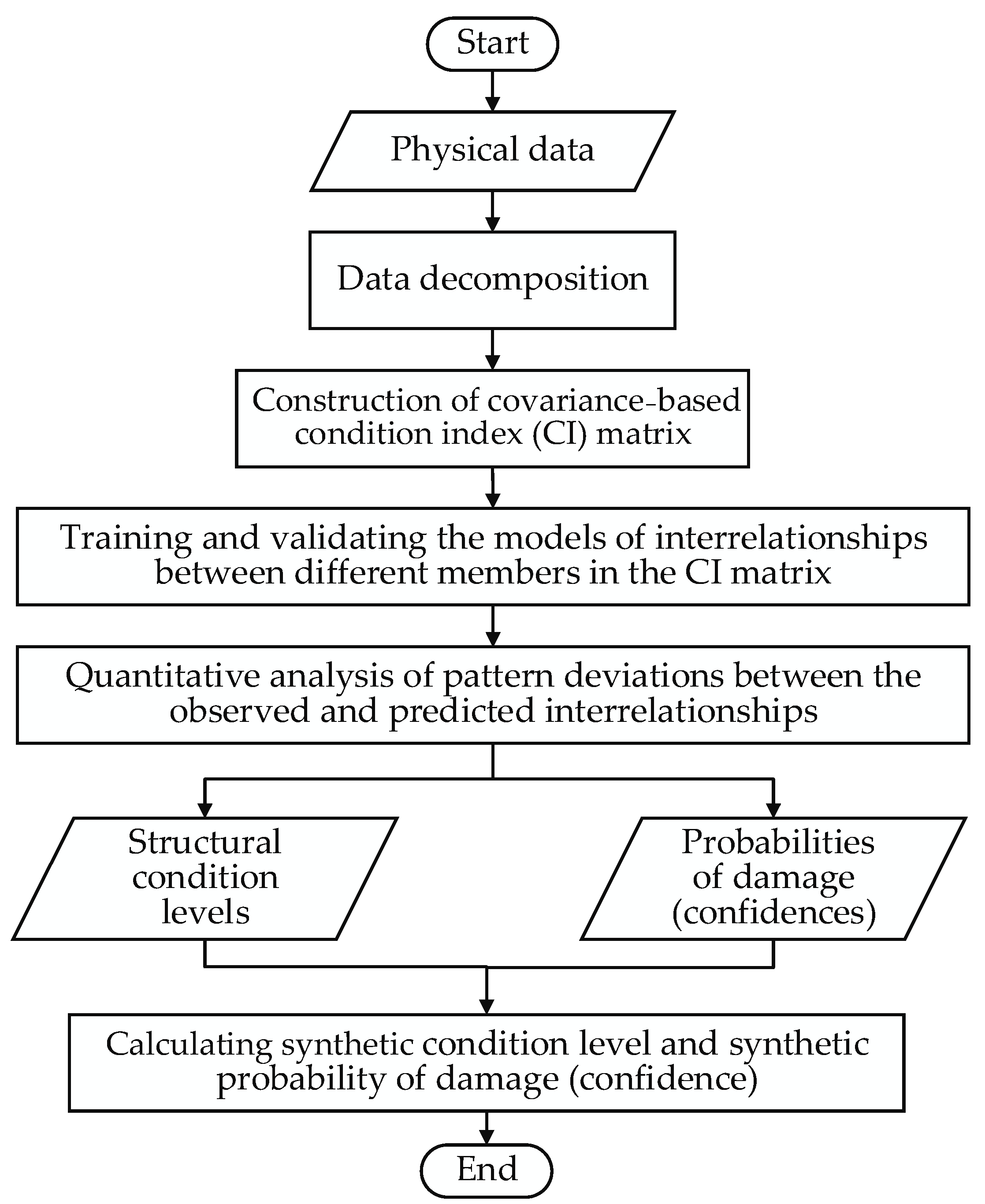
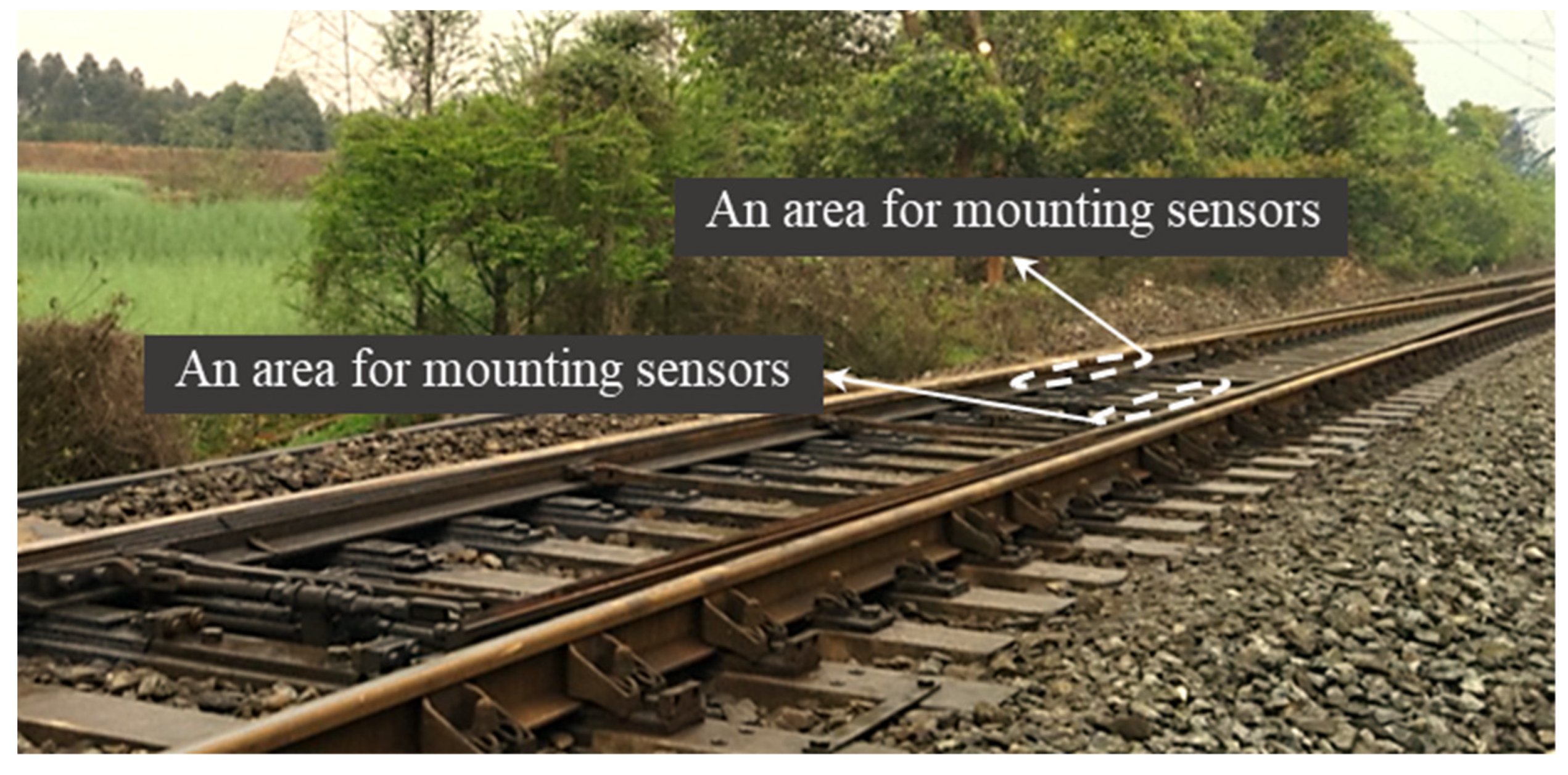
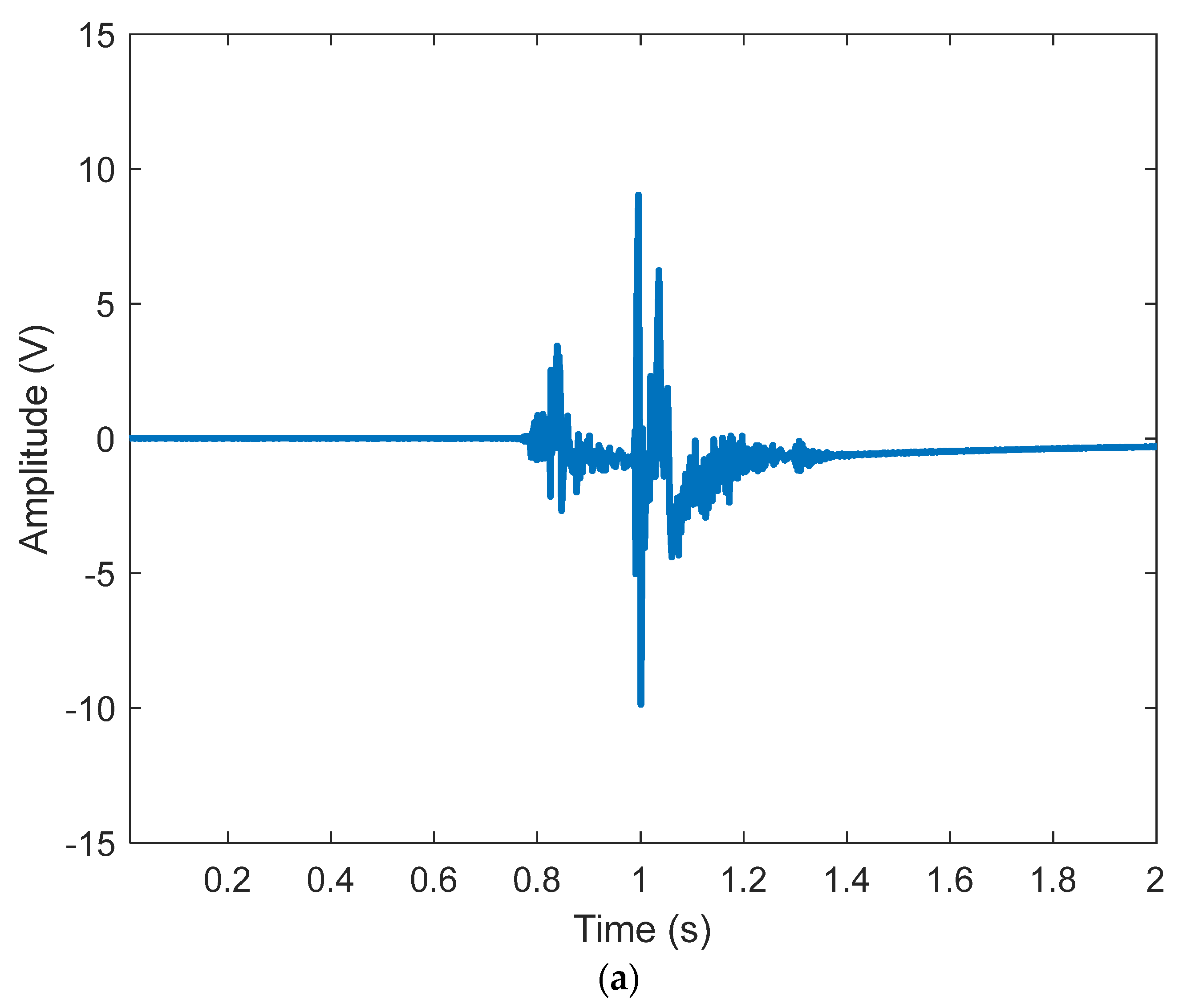
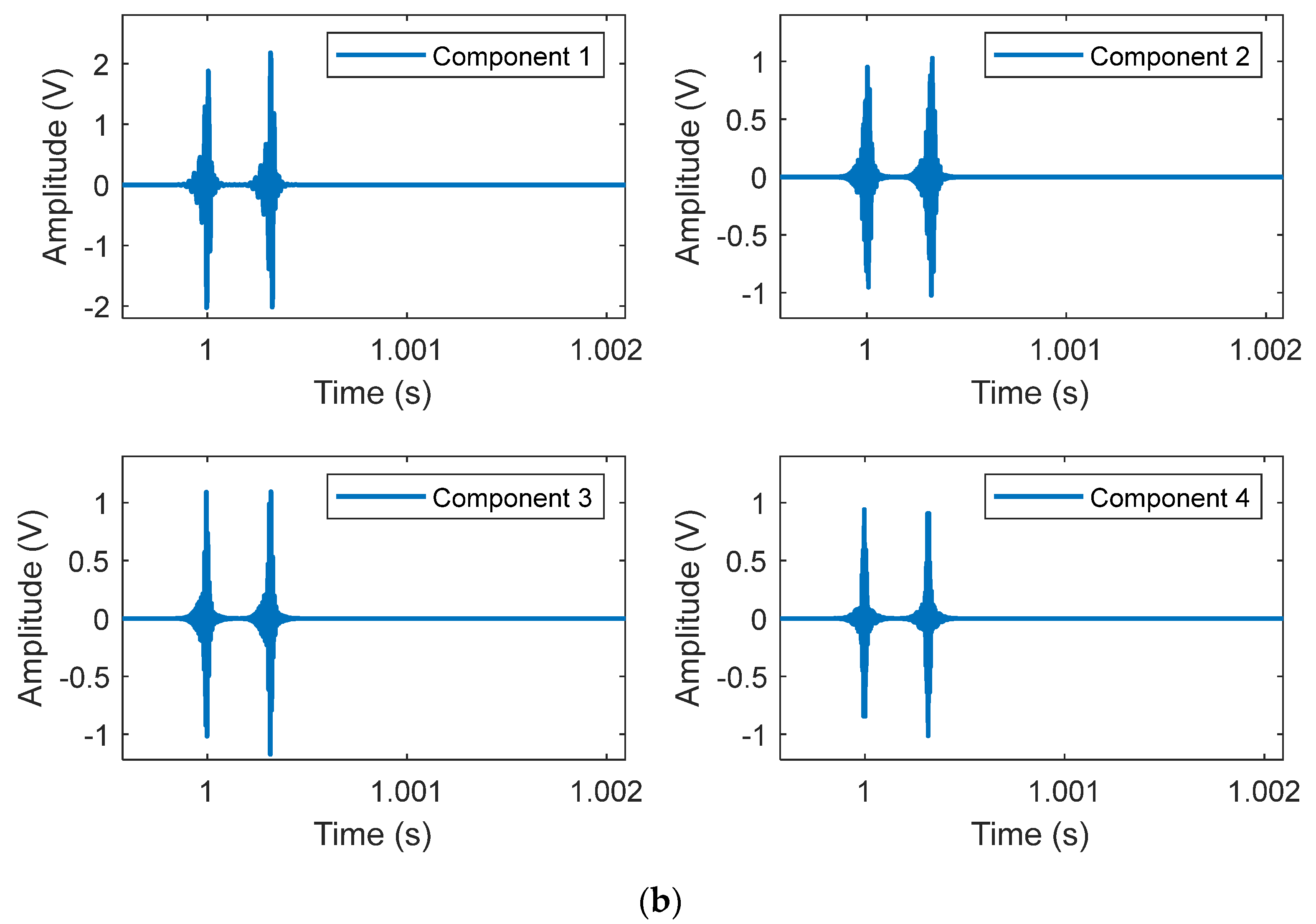
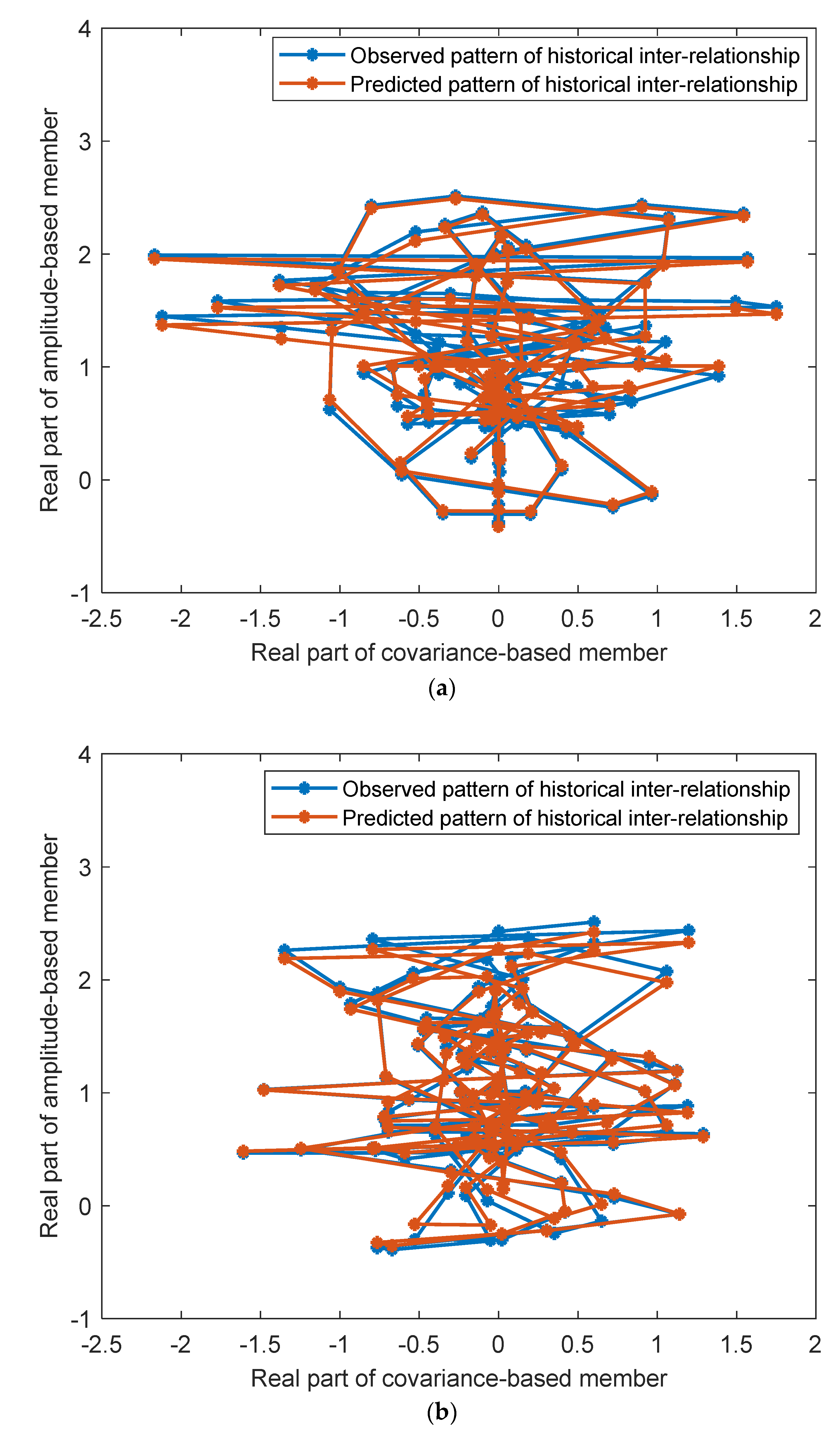
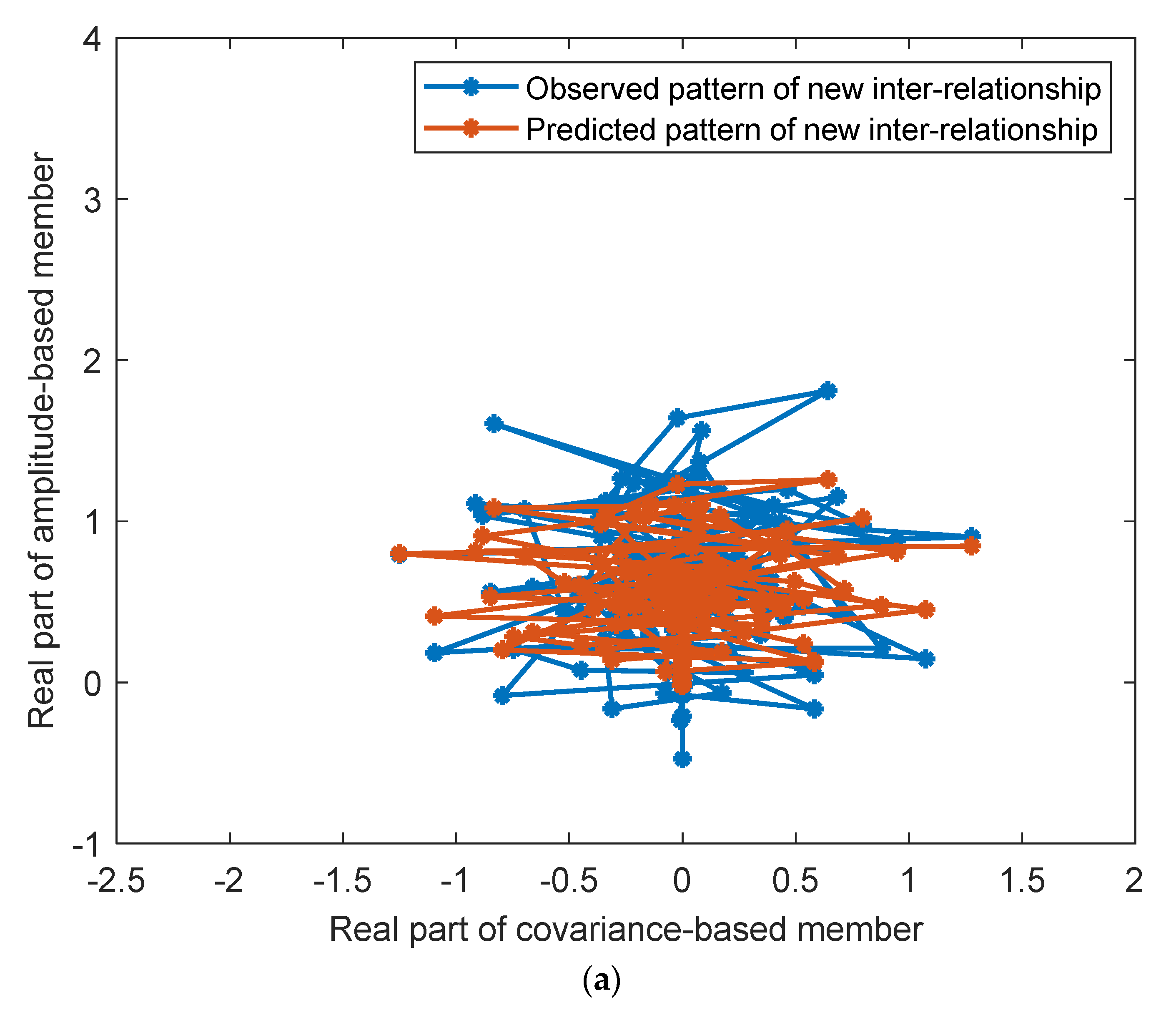
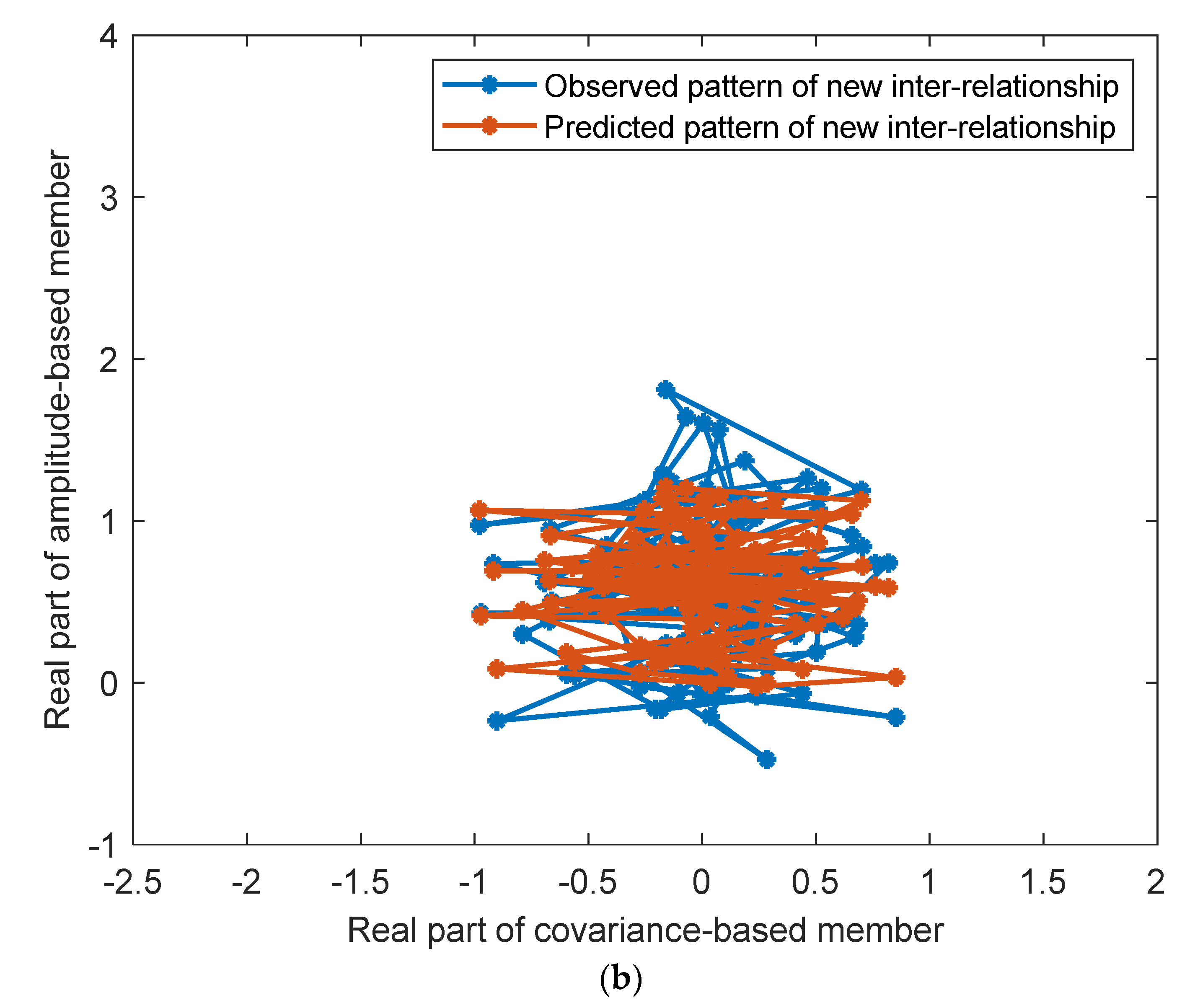
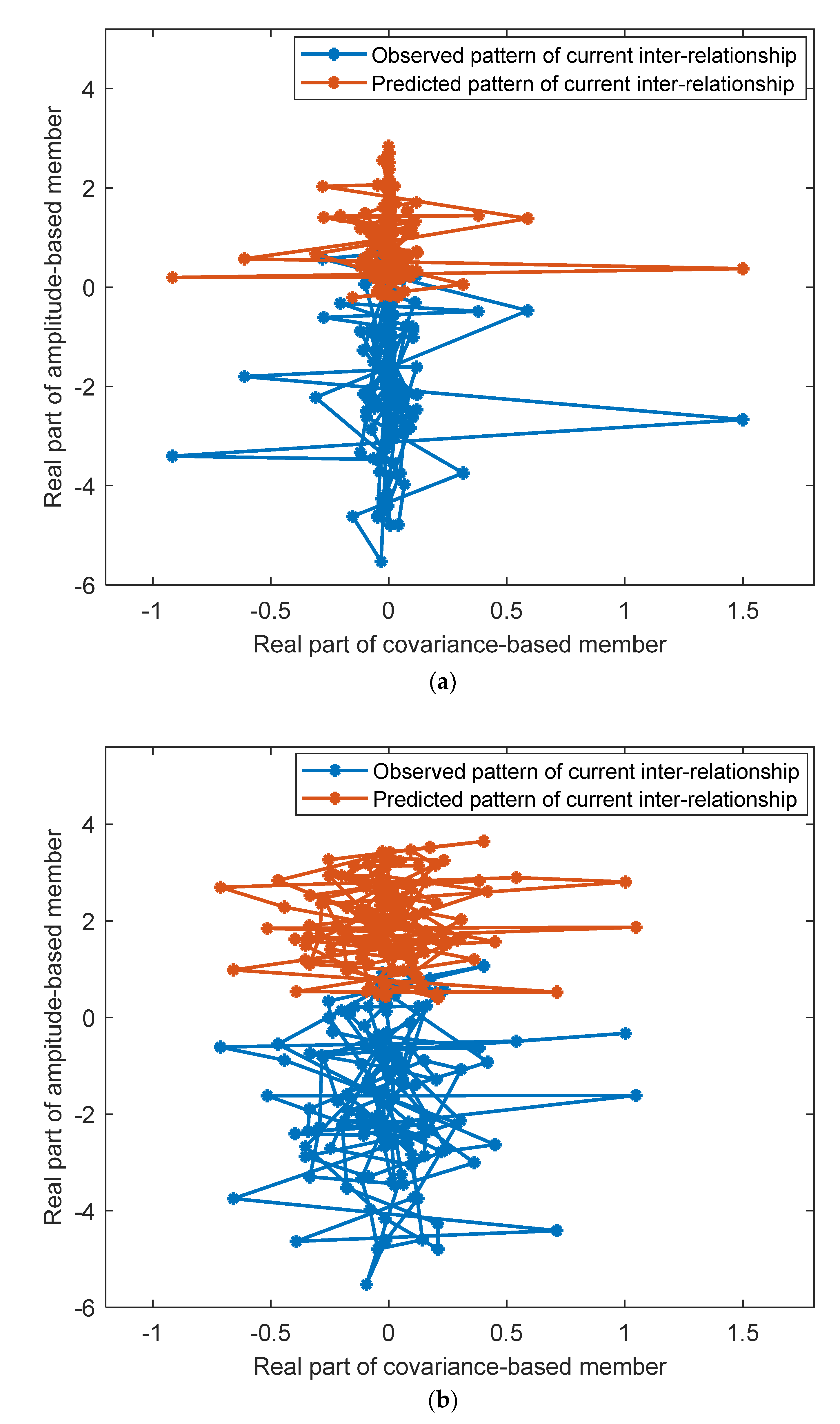
| Bayes Factor (Probability of Damage) for the Interrelationship 1 | Bayes Factor (Probability of Damage) for the Interrelationship 2 | Synthetic Bayes Factor (Synthetic Probability) | |
|---|---|---|---|
| Scenario 2 | 0.1 (1.1%) | 0.6 (5.3%) | 0.3 (2.9%) |
| Scenario 3 | 10.5 (50.9%) | 40.4 (78.6%) | 26.2 (65.4%) |
Disclaimer/Publisher’s Note: The statements, opinions and data contained in all publications are solely those of the individual author(s) and contributor(s) and not of MDPI and/or the editor(s). MDPI and/or the editor(s) disclaim responsibility for any injury to people or property resulting from any ideas, methods, instructions or products referred to in the content. |
© 2023 by the authors. Licensee MDPI, Basel, Switzerland. This article is an open access article distributed under the terms and conditions of the Creative Commons Attribution (CC BY) license (https://creativecommons.org/licenses/by/4.0/).
Share and Cite
Wang, J.-F.; Lin, J.-F.; Xie, Y.-L. Damage Identification of Turnout Rail through a Covariance-Based Condition Index and Quantitative Pattern Analysis. Infrastructures 2023, 8, 176. https://doi.org/10.3390/infrastructures8120176
Wang J-F, Lin J-F, Xie Y-L. Damage Identification of Turnout Rail through a Covariance-Based Condition Index and Quantitative Pattern Analysis. Infrastructures. 2023; 8(12):176. https://doi.org/10.3390/infrastructures8120176
Chicago/Turabian StyleWang, Jun-Fang, Jian-Fu Lin, and Yan-Long Xie. 2023. "Damage Identification of Turnout Rail through a Covariance-Based Condition Index and Quantitative Pattern Analysis" Infrastructures 8, no. 12: 176. https://doi.org/10.3390/infrastructures8120176





